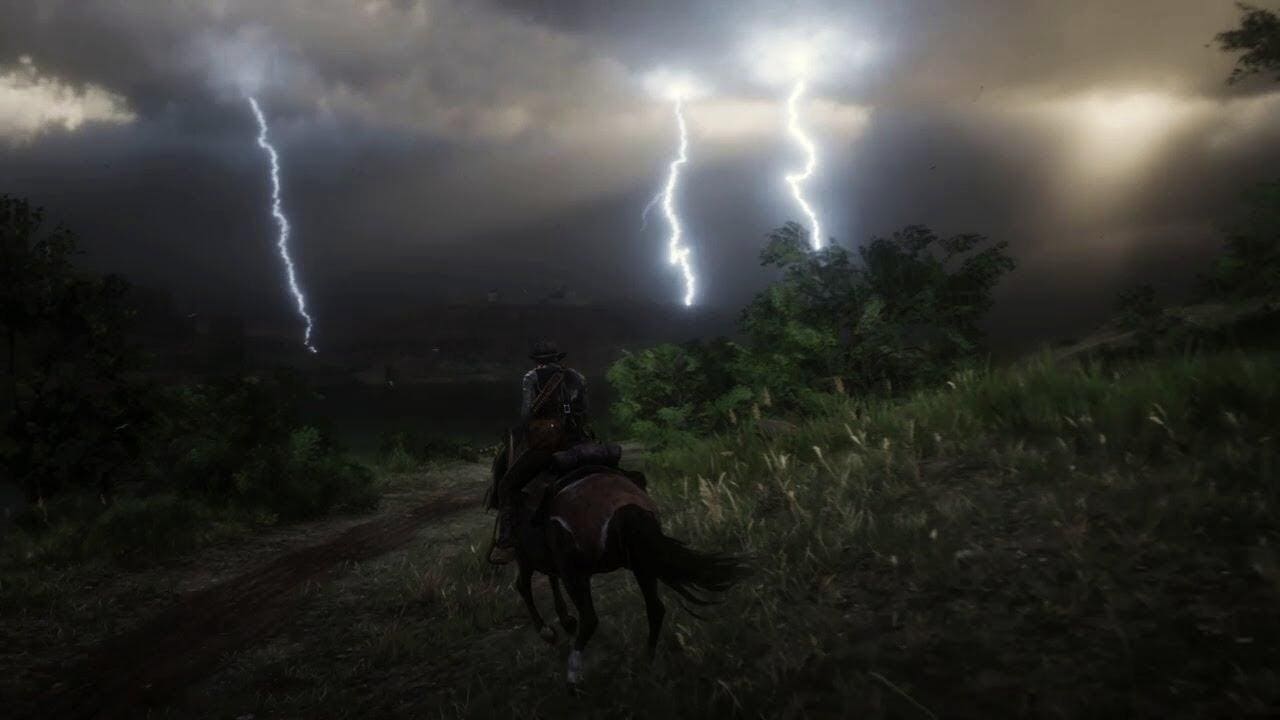
December 26, 2024
Implementing Dynamic Weather Systems in Open-World Games
When you were exploring a huge open-world game, did it suddenly start to rain or snow so much that you could not see? Dynamic weather systems make such situations possible, adding reality and immersion to our favorite games. Dynamic weather can bring the virtual world to life, whether a thunderstorm makes you hide or a lovely day spurs exploration. This article will describe the mechanism and importance of these systems for an immersive experience.
Understanding Dynamic Weather Systems
Dynamic weather systems mimic weather fluctuations. Non-static systems modify weather in real time. This may convert a gorgeous snowfall into a blizzard or clear sky into a furious downpour.
Rain, snow, fog, thunderstorms, and bright skies are common in these systems. Weather impacts gameplay differently. A thunderstorm could affect players vision, while snow could block their movement. This surprising, flowing landscape improves visuals and gameplay.
Key Components of a Dynamic Weather System
A fully functional dynamic weather system uses many components to smoothly shift between weather states:
- Weather States: The game cycles between sunny, rainy, snowy, and foggy weather. In-game circumstances like time of day or location activate each state.
- Procedural Generation: Dynamic processes generate weather patterns randomly. By ensuring that weather events are unique, this keeps gamers on their toes and adds realism.
- Time of Day Integration: In-game time affects weather, complicating the method. Nighttime and early morning rain and thunderstorms are more probable.
- Environmental Interaction: Weather systems effect landscape and gaming dynamics. Players must adjust to changing situations including muddy walkways, snow blocking roads, and fog reducing vision.
- Player Experience: Weather impacts player mobility and battle techniques. A snowfall can block characters' movements, while a thunderstorm may impair vision and make shooting harder.
Implementing Weather System with Code
A dynamic weather system requires code for weather states and transitions. Randomization and timers simplify this. Let's start with this pseudocode outline:
class WeatherSystem:
def __init__(self):
self.weather_state = "clear" # Default weather
self.weather_timer = 0
def change_weather(self):
# Randomly change weather after a set time interval
weather_states = ["clear", "rain", "snow", "fog", "thunderstorm"]
self.weather_state = random.choice(weather_states)
self.weather_timer = 0 # Reset the timer after each change
def update(self, time_passed):
# Increment weather timer based on time
self.weather_timer += time_passed
if self.weather_timer >= random.randint(60, 180): # Change every 1-3 minutes
self.change_weather()
self.apply_weather_effects()
def apply_weather_effects(self):
if self.weather_state == "rain":
# Code to apply rain effects (e.g., visual rain, slowed movement)
pass
elif self.weather_state == "snow":
# Code for snow effects (e.g., reduced visibility)
PassThis simple example shows the weather system changing randomly after a set time, with each situation having its own effects. Rain and storms would modify sound and visual effects in real time with advanced weather technologies integrated into the game engine.
Final Words
Dynamic weather systems make open-world games more realistic. Developers can boost player immersion by properly designing weather conditions, procedural generation, and environmental interactions. Dynamic weather systems will improve as gaming technology advances, giving creators new difficulties and possibilities. Adding a dynamic weather system to your open-world game can improve the player experience.
860 views
